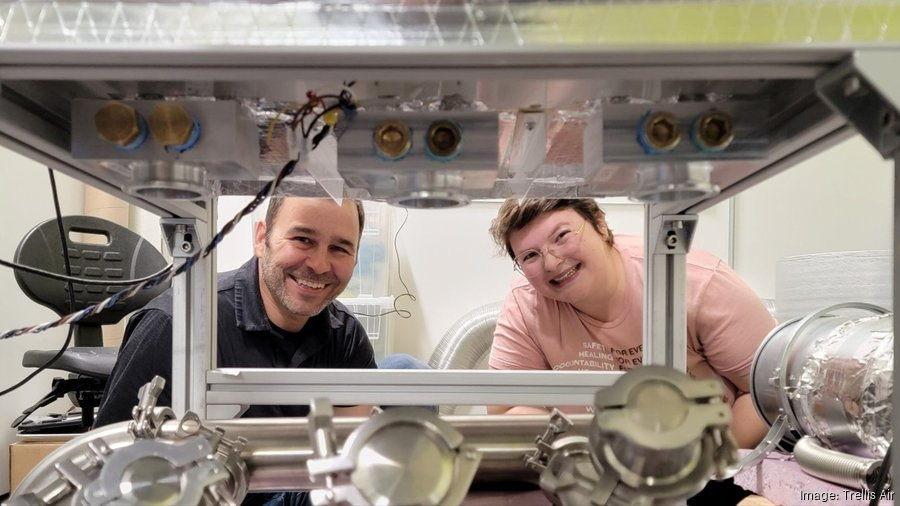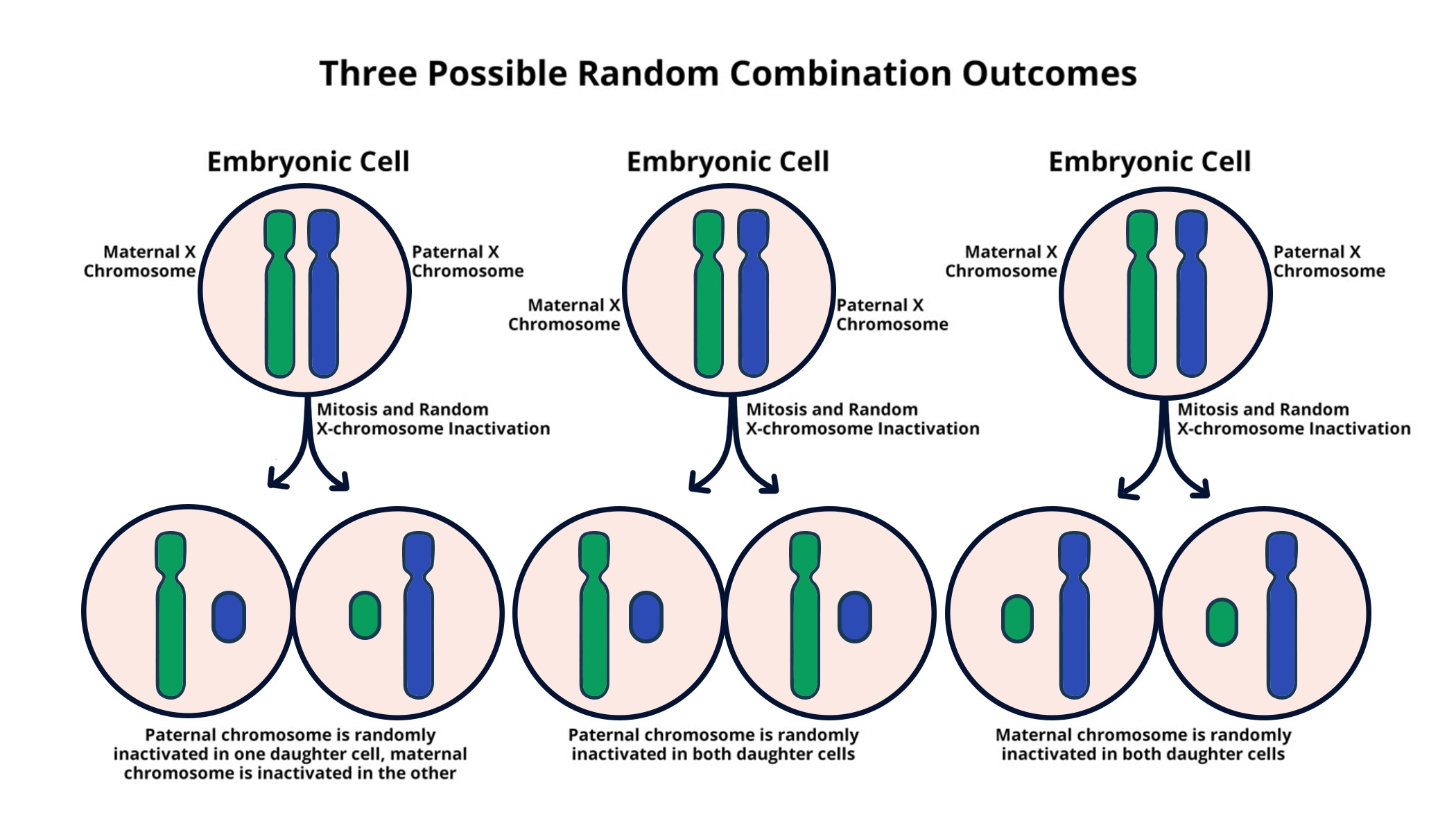Electric fish and NeuroAI present an intriguing intersection between nature and technology, revealing how biological systems can inspire advancements in artificial intelligence. Among these fascinating creatures, the elephantnose fish stands out with its ability to generate and perceive electrical fields, allowing it to navigate and communicate in murky waters. This unique form of perception not only captivates scientists but also offers valuable insights into collective intelligence, a central theme in the field of NeuroAI. Researchers like Kanaka Rajan at Harvard are exploring how the interactions of electric fish may mirror those of artificial agents, opening pathways to better understand agent interaction and cooperation within AI systems. By studying such electric fish, we can enhance our knowledge of both natural behaviors and the potential for developing more sophisticated artificial intelligence.
The fascinating world of bioelectrical organisms and their implications for cognitive computing are increasingly relevant in today’s technological landscape. Electric fish, known for their unique ability to generate electric fields, serve as crucial models for researchers investigating the principles of collective behavior and intelligence. In the context of NeuroAI, these aquatic creatures offer insights into how various entities, whether biological or artificial, interact with one another to form complex social dynamics. As scientists delve into the agent interactions of these fish, they explore how such natural phenomena can inspire innovative approaches in artificial intelligence. By bridging the realms of biology and technology, understanding these electric fish can help pave the way for advancements in intelligent systems that replicate the harmony found in nature.
Understanding Electric Fish and Their Electric Communication
Electric fish, particularly the elephantnose fish, showcase an extraordinary mechanism of communication through the generation of electric fields. This unique way of perceiving their environment allows them to navigate through murky waters and interact with one another effectively. By emitting electric organ discharges, these fish create a rich tapestry of electric pulses, functioning as a complex language that conveys various messages, from signaling danger to facilitating social interactions. This distinctive form of communication not only enables electric fish to survive in their natural habitats but also serves as an invaluable model for researchers exploring the nuances of collective intelligence.
The studies of electric fish underscore the fascinating dynamics of agent interactions in nature. For instance, when one elephantnose fish identifies a food source, it emits specific electric pulses that can be detected by nearby companions, prompting them to converge on the resource. This showcases how simple communication methods can lead to sophisticated group behaviors and decision-making processes. Such insights into electric fish communication patterns may also inform the development of artificial intelligence systems, particularly in enhancing the ways AI agents interact and cooperate within various technological frameworks.
Electric Fish as a Model for NeuroAI Development
At the intersection of biology and artificial intelligence, the study of electric fish stands to illuminate key principles underlying the field of NeuroAI. Researchers like Kanaka Rajan are leveraging the behaviors of these fish to decode the mechanisms of collective intelligence, which is fundamental for designing advanced AI systems. The idea is that by modeling how these fish communicate and cooperate, scientists can glean insights relevant to the development of intelligent machines that mimic these natural processes. As the field of NeuroAI evolves, the electric fish serves as a crucial reference point for understanding how various agents collaborate effectively.
By creating computational models that simulate electric fish behavior, researchers can experiment with parameters affecting cooperation and competition among artificial agents. These simulations can reveal how social dynamics emerge not just from individual actions, but from the collective behavior of groups. As emergent properties arise through interactions, this research opens paths for improving AI systems in ways that include optimizing team strategies and enhancing communication protocols. Ultimately, the insights derived from electric fish may lead to breakthroughs in creating collaborative AI systems that reflect the intricate dynamics of social wildlife.
The Role of Collective Intelligence in AI Systems
The principles of collective intelligence, heavily observed in the behavior of electric fish, provide crucial insights for artificial intelligence applications. By studying how these creatures successfully coordinate their actions for resource acquisition, researchers can develop more sophisticated AI frameworks focused on cooperation and adaptive problem-solving. Collective intelligence is not merely a product of numerous agents working in isolation but rather a manifestation of nuanced interactions leading to superior outcomes. This understanding encourages the exploration of decentralized decision-making processes in AI, where multiple agents can work together in a manner akin to swarms.
Moreover, the balance between cooperation and competition among AI agents is vital for achieving optimal performance, particularly in dynamic environments. Just as in groups of electric fish, where the availability of resources dictates behavioral strategies, AI systems might similarly adapt their interactions based on contextual variables. Exploring these dynamics can yield applications in various domains, from optimizing logistics to enhancing collaborative robotics, ultimately promoting efficiency and resilience in AI systems.
Electric Fish: Gateways to Understanding Emergent Behavior
The research surrounding electric fish doesn’t merely highlight their unique communication systems but also opens a window into understanding emergent behaviors at larger scales. These behaviors, resulting from simple interactions among agents, underscore how complex societal features can arise from relatively simple rules. Kanaka Rajan’s findings contribute to this understanding by demonstrating how the coordination of electric pulses enables individual fish to communicate effectively, adjusting their actions in response to those around them. This could lead to broader implications for studying social behavior and interactions in both animals and humans.
In computational and robotics research, these insights are invaluable. By harnessing the principles derived from electric fish, developers can construct algorithms that promote emergent behavior in AI, mimicking natural systems. Such algorithms could enable machines to learn from their interactions, adapting fluidly to their environments and achieving collective goals. As AI continuously evolves, the lessons from the collective intelligence exhibited by electric fish present opportunities for advancing machine interactions, ultimately enriching the future of technology with smarter, more responsive systems.
Innovations in Artificial Intelligence Inspired by Nature
Innovations in artificial intelligence often draw inspiration from nature, and the study of electric fish exemplifies this trend. Researchers are exploring how the social coordination mechanisms utilized by these aquatic creatures can inform the design of advanced AI systems. Understanding how electric fish manage their interactions through shared electric fields can inspire algorithms that process information in real-time, leading to improved communications in both robotic swarms and AI dialogue systems. This bio-inspired approach holds promise for enhancing the collaborative capabilities of AI.
By observing the mechanisms of cooperation and competition evident in electric fish groups, scientists may uncover new strategies for improving AI systems’ adaptability and teamwork. Furthermore, these insights can directly shape the future of autonomous systems, guiding the development of machines that can operate harmoniously in human-centric environments. As researchers continue to delve into the behaviors of electric fish, the implications for AI growth and deployment are vast — potentially revolutionizing how machines and humans interact in various settings.
Cross-Domain Applications of Electric Fish Studies
The exploration of electric fish transcends mere academic interest, with cross-domain applications in fields such as robotics, neuroscience, and artificial intelligence. The dynamic social interactions observed in electric fish provide a blueprint for developing collaborative robotic systems that can effectively work together to achieve common goals. By applying the principles of communication and coordination derived from these fish, researchers can build advanced robotic units capable of navigating complex environments or performing intricate tasks in concert.
Neuroscience, too, benefits from research into electric fish. Understanding their neural mechanisms — how electric pulses are generated and processed — can inform neurological studies focused on sensory processing in more complex organisms, including humans. This cross-pollination of knowledge may not only advance our understanding of neural networks but also refine the development of NeuroAI, where the goal is to replicate cognitive processes observed in nature within artificial frameworks. Thus, the study of electric fish embodies the interconnectedness of biological research and technological innovation.
Collaborative Dynamics: Electric Fish and AI Agents
The collaborative dynamics observed in groups of electric fish offer critical insights into the design of AI agents that operate collectively. Just as electric fish utilize their electric pulses to coordinate movements and responses to threats or opportunities, AI agents can be programmed to engage in similar interactions. By understanding the nuances of how electric fish communicate and adapt to their peers, researchers can model AI systems that mimic natural cooperation, enhancing their ability to work together to solve complex problems efficiently.
These principles can be applied in various industries, from logistics management, where AI agents need to coordinate shipment routes, to healthcare settings, where robotic assistants can collaborate to improve patient care. By leveraging the underlying principles of collective intelligence evident in electric fish, AI systems can become more autonomous and adaptable, leading to innovations that are not only effective but also aligned with natural processes observed in biological species.
NeuroAI Research: Insights from Electric Fish Communication
NeuroAI research stands to gain immensely from insights garnered through the study of electric fish communication systems. By investigating how these fish utilize electric pulses to convey complex information and navigate their environments, researchers can develop machine learning models that replicate this efficiency. The flow of information in electric fish societies highlights the potential for optimizing communication pathways in AI, making systems more effective in processing and transmitting data.
As artificial intelligence continues to evolve, embracing the learning and interaction models derived from electric fish may lead to machines capable of more nuanced decision-making. The ability to handle uncertainty and adaptively respond to changing conditions mirrors the strategies evolved by electric fish in dynamic environments. Thus, the study of these aquatic organisms not only contributes to our understanding of natural intelligence but also enhances the sophistication of artificial frameworks in the realm of NeuroAI.
The Future of AI: Lessons from Electric Fish Ecology
As we look toward the future of AI development, the ecology of electric fish provides invaluable lessons on adaptability and resilience. Electric fish have thrived in challenging environments by developing social strategies centered around communication and cooperation. Translating these natural adaptations to AI systems could enhance their operational efficiency, especially in unpredictable contexts that require quick decision-making and real-time collaboration among agents.
Therefore, as AI systems become increasingly integrated into our lives, understanding the ecological and behavioral strategies of electric fish can inform the design of more robust, intelligent systems. By fostering collaboration and emergent behaviors akin to those observed in electric fish, future AI applications will likely offer improved solutions to complex problems, harnessing the innate wisdom of nature to guide technological advancement.
Frequently Asked Questions
How can electric fish enhance our understanding of NeuroAI?
Electric fish, particularly the elephantnose fish, serve as valuable models in the study of NeuroAI by demonstrating how natural systems use electric pulses for communication and interaction. Researchers believe that by analyzing the collective intelligence and behaviors of these fish, insights can be gained into the dynamics of multi-agent systems in artificial intelligence.
What role do electric fish play in studying collective intelligence?
Electric fish like the Peter’s elephantnose fish exhibit unique forms of collective intelligence through their electric organ discharges. Their interactions provide a simplified context for examining how individual agents can produce emergent behaviors, helping scientists develop models that simulate similar interactions in artificial intelligence systems.
How does agent interaction in electric fish inform artificial intelligence development?
The agent interaction observed in electric fish can inform artificial intelligence development by illustrating how simple rules of communication lead to complex social behaviors. These insights help researchers design AI systems that can mimic similar cooperative and competitive behaviors, enhancing collective intelligence in artificial agents.
What can researchers learn from the weaker electric fish about multi-agent systems?
Weakly electric fish, with their ability to communicate through electrical signals, allow researchers to study multi-agent systems in a controlled environment. By modeling their behavior, scientists can explore how different interactions and environmental factors affect cooperation and competition among agents, which is crucial for developing advanced NeuroAI.
What implications does the study of electric fish have for future AI systems?
The study of electric fish has significant implications for future AI systems, including the potential for creating cooperative AI agents that can work together like swarms. This cooperative behavior could lead to more efficient problem-solving and adaptability in complex environments, mimicking the collective intelligence seen in biological systems.
In what ways are electric fish used to model the behavior of artificial agents in research?
Electric fish are used to model the behavior of artificial agents by replicating their communication patterns and foraging strategies in computational simulations. Researchers manipulate various factors to observe how collective intelligence emerges, enabling insights into optimizing interactions among artificial agents in NeuroAI applications.
How do collective behaviors in electric fish relate to human social dynamics?
Collective behaviors in electric fish exhibit parallels to human social dynamics in that both involve complex interactions influenced by previous experiences and environmental context. By studying these fish, researchers can uncover principles that may apply to understanding cooperation and competition within human societies and AI interactions.
What are the potential applications of principles observed from electric fish in AI technology?
Principles observed from electric fish can potentially enhance AI technology by informing the design of systems that utilize cooperative strategies, improving decision-making processes among AI agents. As research evolves, there may be applications in swarm robotics and adaptive systems that rely on collective intelligence.
| Key Points | Details |
|---|---|
| Electric Fish Exploration | The study of electric fish, particularly the elephantnose fish, aids in understanding NeuroAI. |
| NeuroAI and Collective Intelligence | Research in NeuroAI focuses on the cognitive abilities of agents, both natural and artificial. |
| Electric Organ Discharges (EODs) | Electric fish communicate and interact through EODs, allowing them to navigate and cooperate in murky waters. |
| Modeling Collective Behavior | By simulating electric fish behaviors, researchers explore emergent communication and decision-making processes. |
| Cooperation versus Competition | The dynamics of cooperation and competition among simulated agents reveal deeper insights into social behavior. |
| Implications for AI Systems | The findings have potential applications for how AI agents can work together more effectively. |
Summary
Electric Fish and NeuroAI offer groundbreaking insights into the complexities of collective intelligence and communication. The research surrounding the elephantnose fish reveals how studying natural behaviors can inform the development of more sophisticated AI systems. As scientists continue to unravel the dynamics of electric pulses used for communication among these fish, we gain valuable knowledge that could improve how artificial agents interact, cooperate, and strategize in various environments. This exploration stands at the forefront of merging biological insights with technological advancements, paving the way for innovative applications in AI.









